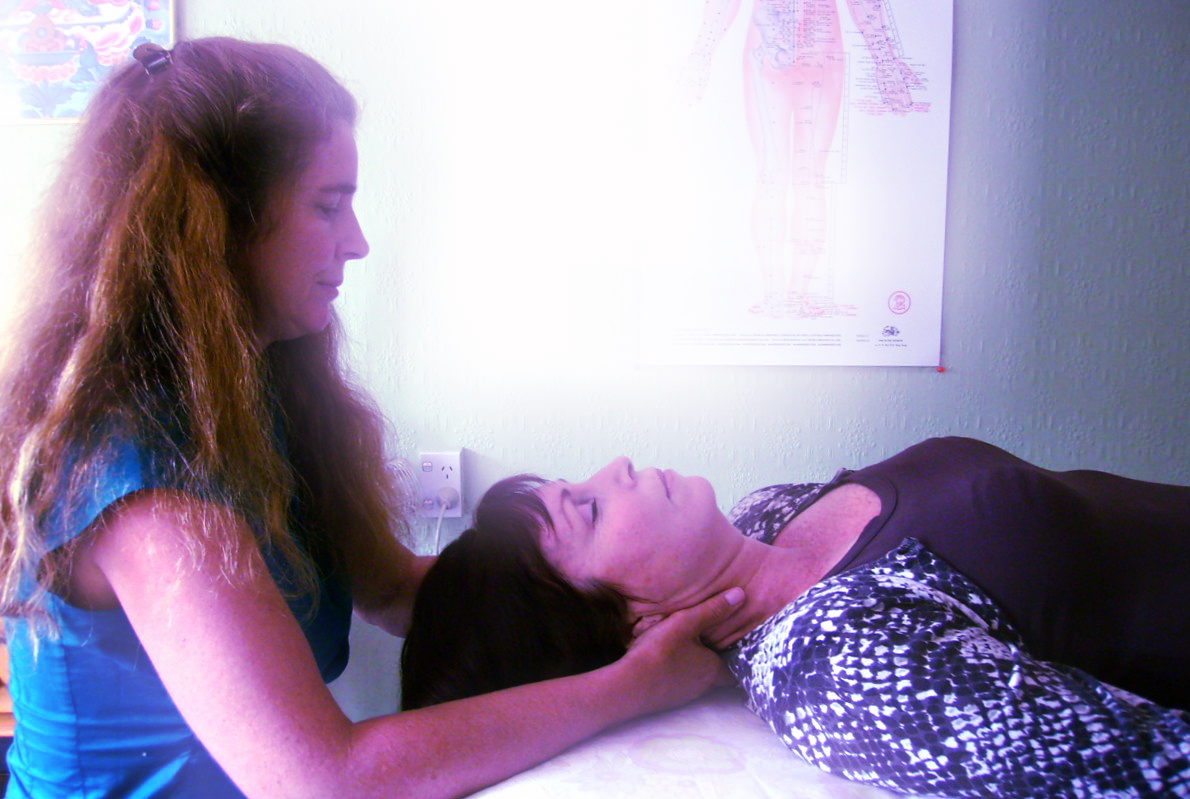As the most prevalent neurological disorder in the U.S., migraine episodes currently affect more than 37-million individuals. Of that total, nearly 14-million are the unfortunate sufferers of chronic or daily attacks that can include intense throbbing pain, visual disturbances, nausea and vomiting.
Quality of life for these individuals takes a back seat to emergency room visits, prescription medications and stress caused by the uncertainty of another attack. For many, the path to relief is a long and difficult journey with no guarantees.
Over the last several decades, research has been digging into a number of alternative treatment options for migraine patients who are either looking for a compliment or alternative to their medication regimen. One method that has been gaining substantial attention is Craniosacral Therapy. Here’s what you need to know:
Migraines & The Craniosacral System
The exact cause of chronic migraine syndrome is unknown, however, specialists agree that the central nervous system has something to do with it. The central nervous system is responsible for receiving sensory information and responding accordingly. How does this tie into craniosacral therapy?
Your brain and spine are among the most powerful elements within your body. They heavily influence the function of your central nervous system and as such, require an elevated level of protection and nourishment to perform at peak operation. Here enters – your craniosacral system. The craniosacral system is a web-like structure composed of membranes and fluid that encompasses your brain and spinal cord to deliver the abovementioned defenses and nourishment necessary to health and vitality.
What is Craniosacral Therapy?
History
In the 1970’s, Dr. John Upledger witnessed a rhythmic pulse caused by fluid movement within the craniosacral system. He believed that restrictions to this pulse could lead to poor health, especially relating to the spine or brain.
What to expect for migraine treatment
During a craniosacral therapy session, patients lie fully clothed on a massage table while a trained professional uses gentle touch (no more than the pressure of a nickel) to sense this pulse and release restrictions in the craniosacral system that could be contributing to your migraine symptoms. As soft tissues are released, patients describe feeling inner tranquility and physical relief from pain.
In addition to chronic migraines, craniosacral therapy is used to treat:
- Chronic pain in the neck & back
- Nervous system disorders
- Scoliosis
- Chronic fatigue
- Stress
- Fibromyalgia
- Temporomandibular Joint Syndrome (TMJ)
- Immune disorders
Read: How To Describe Your Migraine Pain
Statistics
Craniosacral therapy is a relatively new alternative for sufferers of chronic migraine syndrome but research implies that patients are experiencing some degree of symptom alleviation. In one study, 20 individuals between the ages of 20 and 50 who suffered from at least two migraine attacks per month were given six craniosacral therapy sessions a piece over a four-week period. Each week, they were asked to complete a HIT-6 questionnaire to measure the impact of their migraine symptoms. Not only did subjects feel relief immediately following each session but there was also a significant lowering in HIT-6 scoring after one month of treatment.
In another study, 65 adults with moderate to severe migraine symptoms were given eight weeks of treatment using randomized sessions of either craniosacral therapy or low-strength static magnet intervention. The results reflected that subjects had more confidence in the effectiveness of craniosacral therapy than low-strength static magnet intervention. Additionally, they reported being more likely to advocate craniosacral therapy to a friend.
Is Craniosacral Therapy Right for You?
Talk with your doctor to decide if craniosacral therapy is a viable treatment option for you. While research is limited and the full effects of this treatment are uncertain, the gentle nature of craniosacral therapy suggests that it is safe for most.
If you are unable to take prescription medications or have used other treatments that have failed, craniosacral therapy may help to alleviate the frequency and intensity of your migraine attacks. Only one small study showed a negative reaction to craniosacral therapy in head injury patients wherein, 5% complained that symptoms were made worse.
If you decide to give craniosacral therapy a try, be sure to schedule with a licensed and experienced therapist who is familiar with chronic migraine syndrome and understands your specific experience with the condition. Make sure you disclose any related medical information before undergoing treatment and if, at any time you experience discomfort or pain, communicate with your therapist to avoid any adverse effects. With the information you provide, the therapist will tailor treatment to align with your individual needs.
Image Source: Wonderlane


